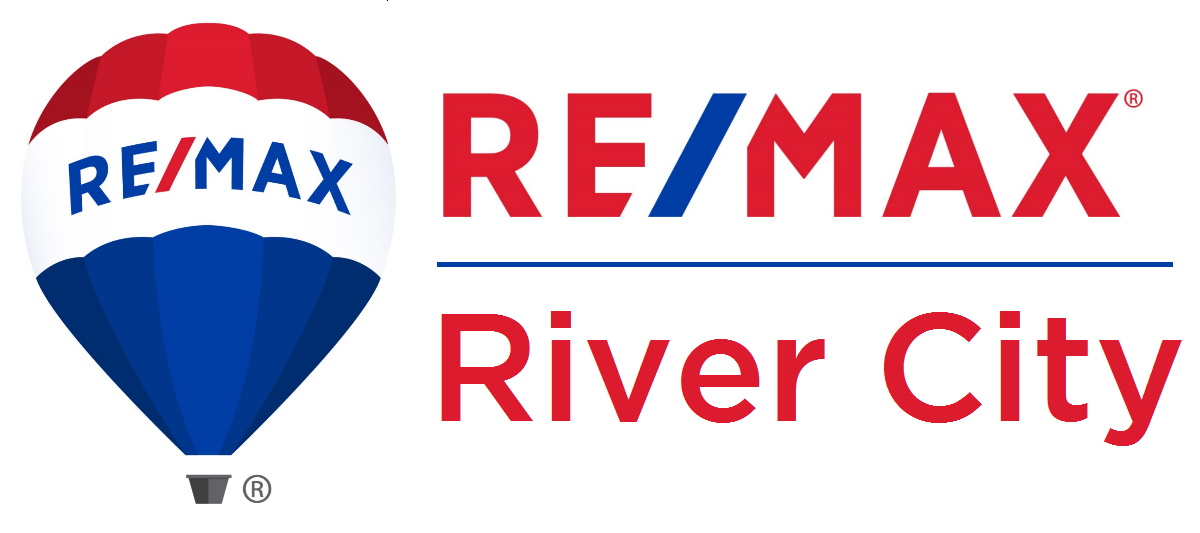Calgary’s housing market has been showing a great deal of variability this year. By September, citywide conditions had settled into balance, but several neighbourhood clusters kept prices close to last year’s levels, while some others showed modest gains.
Calgary’s Split Market
By late summer, it became apparent that Calgary wasn’t moving as a single market. The composite benchmark sat at $572,800, down 4.0% year-over-year (y/y), with 6,916 active listings and 4.02 months of supply, suggesting a balanced environment without the declines seen in some other Canadian markets. However, results diverged sharply by housing type.
Detached homes slipped just 1% y/y to $749,900. Semi-detached homes actually rose 1% y/y to $684,800, making them the city’s best-performing category. Row homes fell 5% y/y to $437,100, while apartments saw the largest drop at -6% y/y to $322,900, with supply stretching to roughly five months. Those differences help explain which neighbourhoods held up best and which lost ground.
According to top Calgary realtor Jesse Davies, “Neighbourhoods dominated by detached and semi-detached naturally followed the trends of the two strongest segments, so their overall benchmarks tended to decline or showed year-to-date growth, although key exceptions in high-demand areas do exist. On the other hand, communities with large concentrations of apartment or row housing mirrored the weaker segments.”
Areas where semi-detached infill is the dominant form, especially in the inner city, benefited from the only segment still posting year-over-year gains, which helped keep local benchmarks steadier than the citywide picture suggests. Communities built around a larger base of row homes or condos, however, reflected the softer performance of those categories. Supply dynamics reinforced the divide. Apartment inventory sat near five months in September, while detached and semi-detached remained considerably tighter. Neighbourhoods with a greater share of those tighter low-rise segments consistently showed firmer values, even as broader conditions cooled.
Neighbourhood performance in 2025 also followed the basic fundamentals that shape demand in any market. Areas with established schools, good transit, and mature retail or services continued to draw steady buyer interest, which helped them absorb rising listings with less price impact.
Jesse Davies confirms, “These underlying fundamentals continue to work together with the property-type dynamics to shape which parts of Calgary held their value best through September.”

Where These Patterns Showed Up in the City
Against that mixed backdrop, a few parts of the city stood out for holding their values more firmly than the rest.
North West: Calgary’s Steady Performer
If price stability defines success, the North West was Calgary’s steadiest district in September. The total-residential benchmark of $633,200 was only -2.1% y/y, half the citywide decline.
As Jesse Davies notes, “The resilience in the north west reflects the district’s fundamentals. It’s dominated by low-rise, family-oriented streets rather than large condo clusters, attracting buyers motivated by schools, LRT access, and community continuity.”
Because detached and semi-detached homes, Calgary’s strongest categories, form the backbone of its housing stock, the district had a built-in advantage. Neighbourhoods like Varsity, Brentwood, Dalhousie, Edgemont, Hamptons, Citadel, Tuscany, Royal Oak, and Rocky Ridge all benefited from that composition. Without a glut of apartment supply, they avoided the price pressure seen elsewhere and posted the smallest year-over-year pullbacks in the city.
West: Equity Strength and Limited Substitutes
West Calgary ranked a close second, posting a total residential benchmark of $707,300, with sub-neighbourhoods performing well. Here, the story was less about product type and more about buyer profile and supply scarcity.
Neighbourhoods such as Aspen Woods, Springbank Hill, West Springs, Signal Hill, Strathcona Park, Patterson, and Cougar Ridge are dominated by move-up detached and semi-detached homes. Buyers in these areas are typically equity-rich and shopping within a narrow geography, driven by specific schools, commutes, and amenities. Even as listings rose citywide, there were few comparable substitutes west of Sarcee Trail, so competition stayed firm, and prices held close to flat.
West Calgary was able to avoid the oversupply seen in the North East and East districts, where the steepest declines occurred, coinciding with inventory growing fastest.
City Centre: The Semi-Detached Advantage
At first glance, the City Centre looks like it softened, with a September benchmark of $576,800 (-4.4% y/y). However, on a year-to-date basis, it actually leads Calgary in price growth, with a rise of over 4% compared to the same period in 2024.
Davies suggests that the reason for this is semi-detached homes. “This property type posted the strongest YTD gains across the city, driven largely by the City Centre’s infill corridors.”
Areas such as Altadore, Killarney/Glengarry, South Calgary, Richmond, Hillhurst/West Hillhurst, Mount Pleasant, Capitol Hill, Renfrew, and Bridgeland/Riverside saw steady demand for duplex-style homes, even as nearby condo towers softened.
In September, semi-detached prices averaged $684,800, up about 1% y/y, while apartments averaged $322,900, down 6% y/y, with supply reaching its highest level since 2021. That split explains why inner-city duplex streets remained hot even when the district average dipped; its strongest segment is still growing.
South and South East: Average Results but with Local Standouts
The South districts landed near mid-pack overall, but results vary widely by neighbourhood. Detached-heavy communities such as Lake Bonavista, Haysboro, Canyon Meadows, Oakridge, McKenzie Towne, Cranston, Douglasdale/Glen, Mahogany, and Auburn Bay largely mirrored the city’s detached trend, with only shallow declines.
Areas built around newer condo nodes, however, followed the apartment curve, showing greater supply, slower absorption, and deeper price adjustments.

Where the Market Cooled
At the lower end of the market, the North East recorded the sharpest year-over-year drop at 7.9%, with a benchmark of $485,000, while the East followed with a 6.5% decline and a benchmark of $409,000. Additionally, the North East posted the city’s largest condo drop at -10% y/y, for a particular cooling in this segment.
Both districts added significant inventory through late summer, and both lean heavily toward the apartment segment, which faced five months of supply and the steepest price corrections.
Assessing Current Comparables
Calgary’s “hot” neighbourhoods in 2025 were about price retention in a normalizing market, with strong trends related to housing type. These price growth patterns have consequences for those looking to buy, sell, or invest.
It is important to be aware of nuances. As Davies notes, “For sellers in stronger low-rise pockets, for example, the trends support firmer pricing and more measured adjustments, rather than assuming the whole city has dropped by 4%; their reality is closer to the detached and semi-detached trend than to the headline composite.” In areas where apartments and newer rows dominate and supply has expanded more quickly, sellers are operating in a softer environment, where sharper pricing and cleaner terms often matter more than holding out for last year’s numbers.
For buyers and investors, the same split changes how an opportunity looks. In communities anchored by established amenities and a large share of detached or semi-detached homes, the room for bargain hunting is limited, according to Davies, and the decision often comes down to paying fair value for a stable asset in a stable micro-market. In locations with heavier exposure to multi-family stock, wider gaps between list and sale prices can open up, but those come with different risks around future absorption and further adjustments.
In 2025, the practical takeaway is that price growth and price protection have followed housing form and key fundamentals more than citywide headlines.
To navigate this terrain, it helps to work with a local specialist. Calgary-born and raised, Jesse Davies brings over 16 years of experience and has consistently ranked among Calgary’s top-producing agents. He and his team are noted for their market knowledge across the city and for translating complex benchmark and inventory data into actionable insight for buyers, sellers, and investors.
















